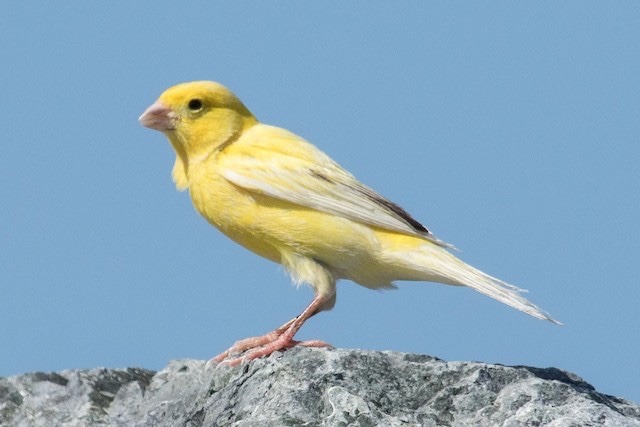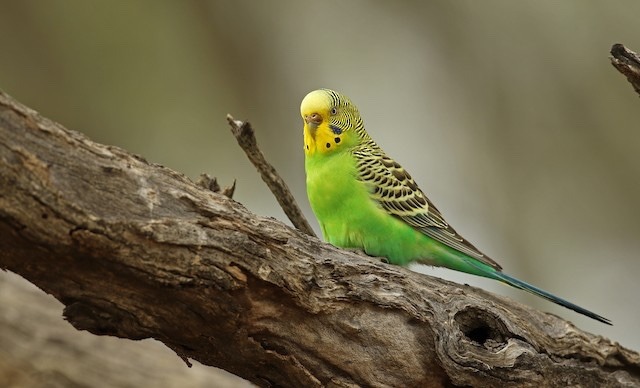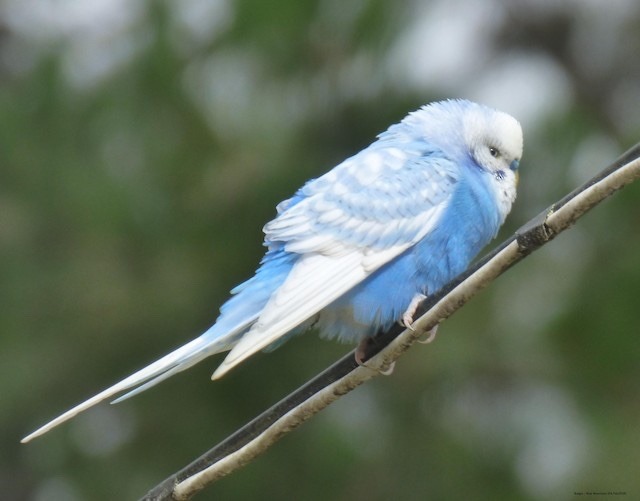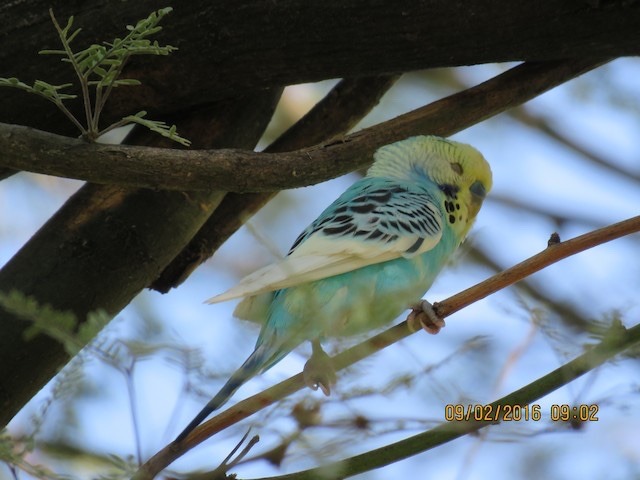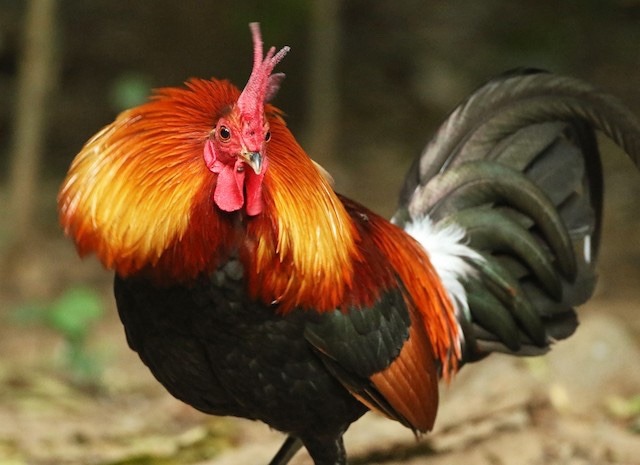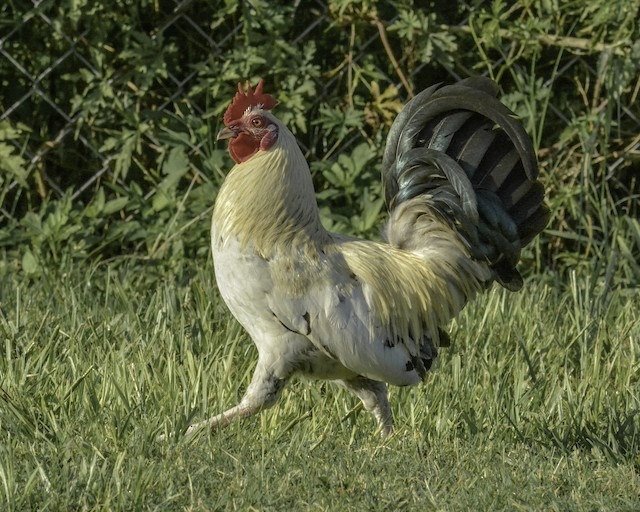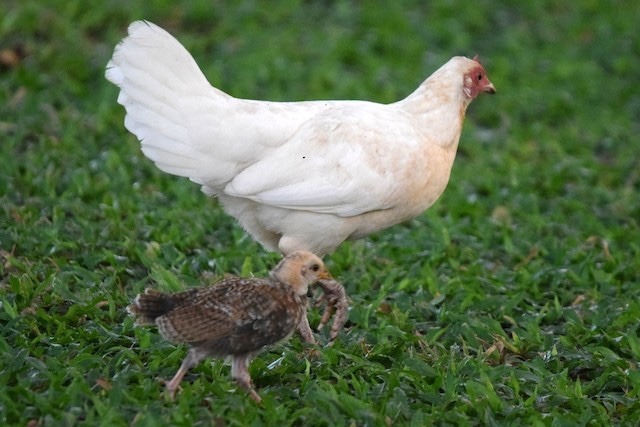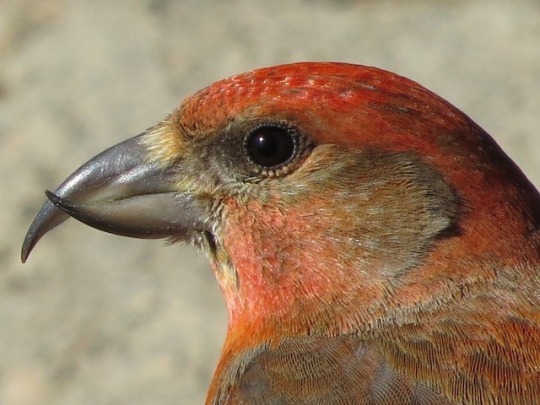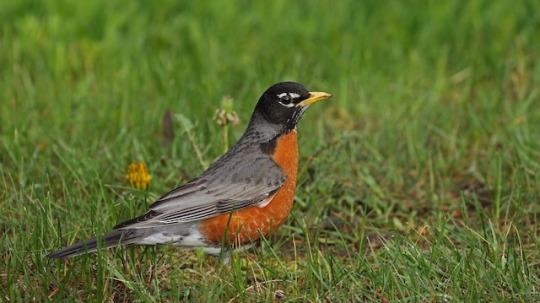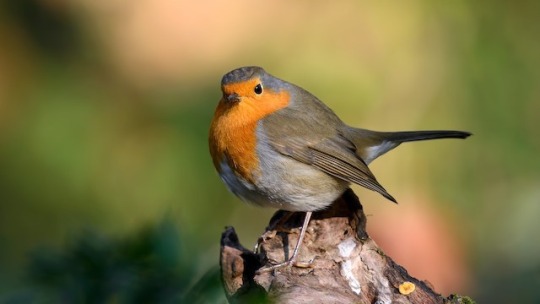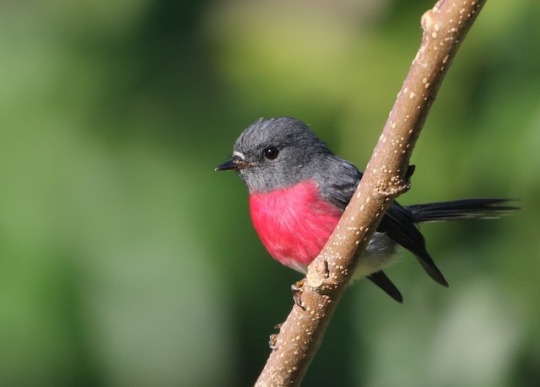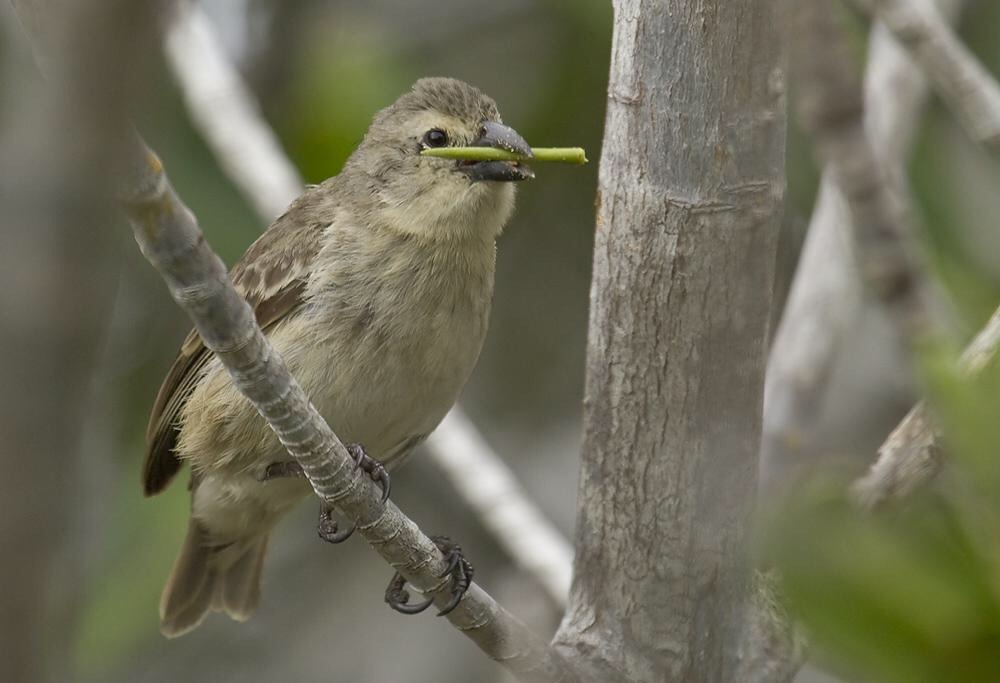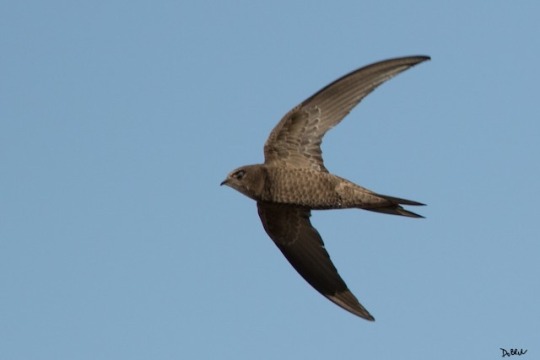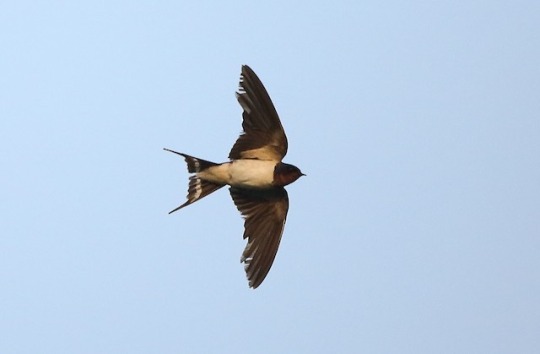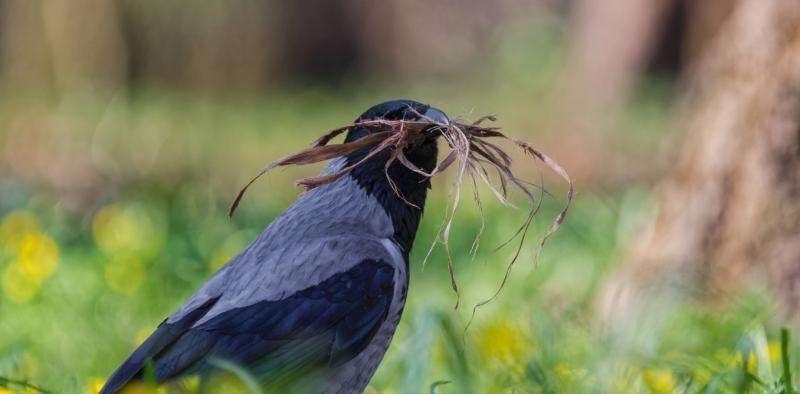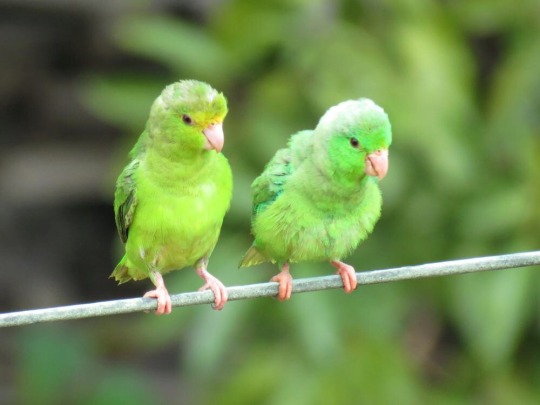
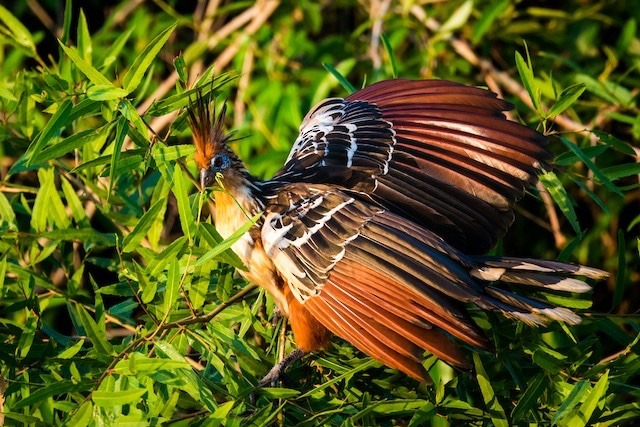
the hoatzin, also known as the ‘stink chicken’ or ‘skunkbird’ is a pheasant-sized bird native to the rainforests of south america. with many bizarre and un-birdlike traits, the hoatzin is often compared to reptiles. young hoatzins are born with two claws on their wings that assist them to climb in the rainforest (the claws eventually fall off). hoatzins have a bare face and large crest resembling a mohawk. the hoatzin earned their strange nicknames from their process of fermenting food inside their overly large crop, which makes them smell unpleasant.
(x)

